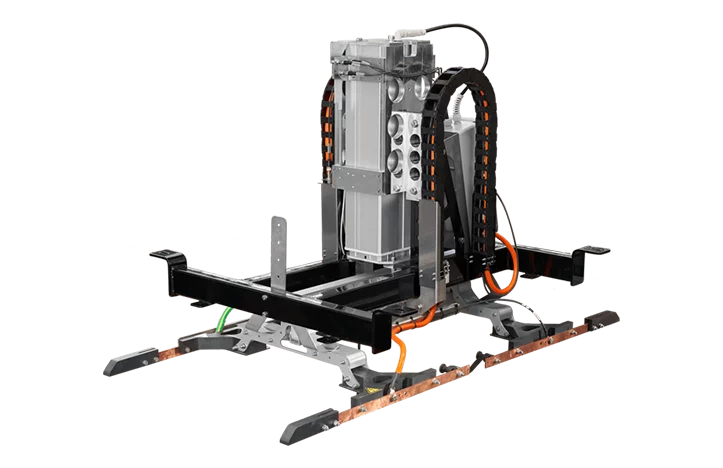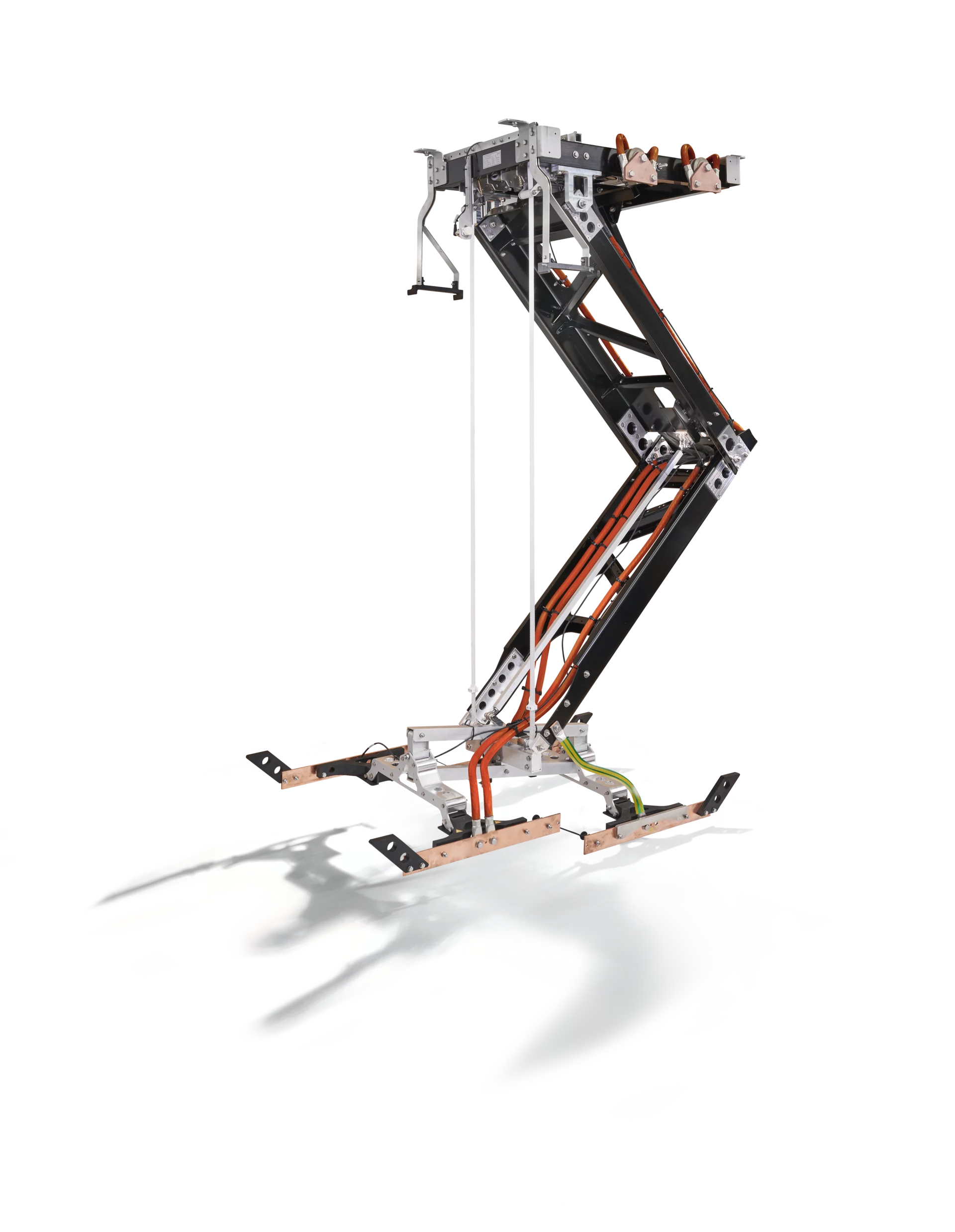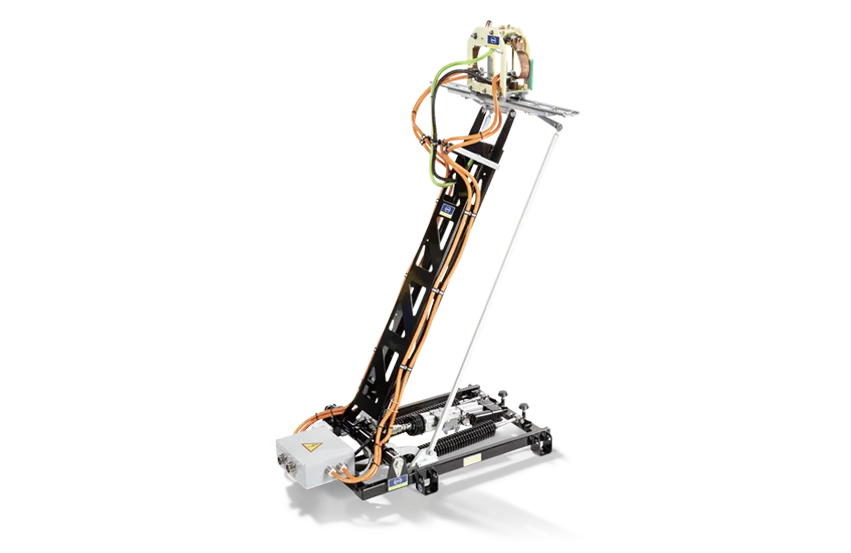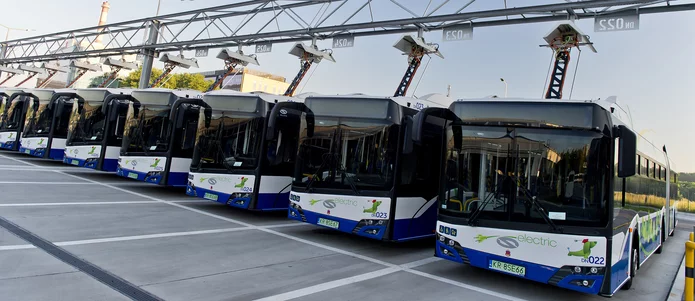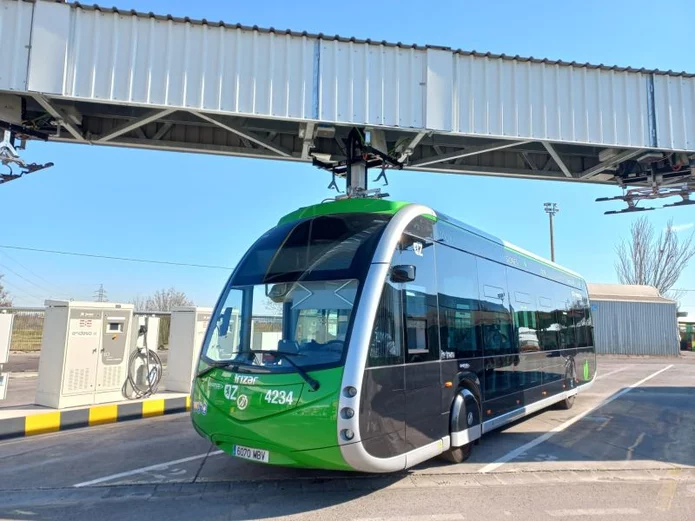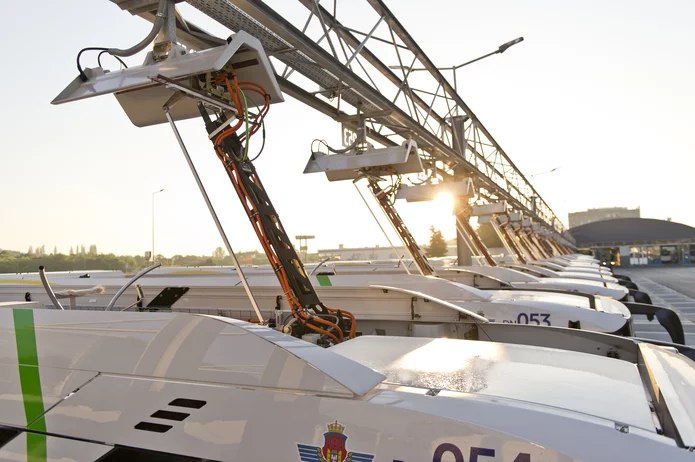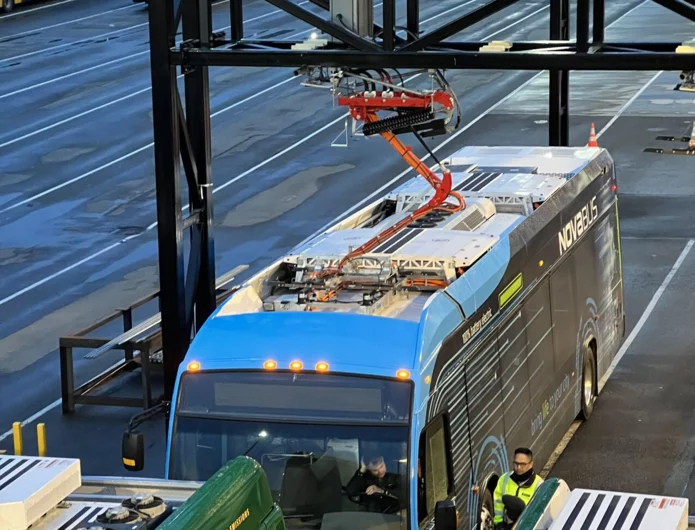Conductive Charging Solutions for Electric Buses
Smart Charging Technologies for Public Transport - More and more municipalities are banning diesel-powered gensets in favor of zero-emission, battery-powered buses and other vehicles. Our innovative Schunk Smart Charging system is the key to integrating this into everyday operations - by optimizing the range and charging times of the batteries. With its smart charging solutions, Schunk is defining new standards in the market segment for conductive, fully automatic recharging of electric buses. Innovative roof-mounted pantographs and inverted pantographs enable reliable charging of the batteries of electric buses on the line or in the depot within seconds. Our charging technologies are not only successfully in use in Germany, but also internationally - already in 25 countries. From Winnipeg to Barcelona to Helsinki & Moscow, electric bus manufacturers choose Schunk's current collectors.

Suitable Charging Technology for Electric Buses
In order to determine the right charging strategy for an electric bus, the density of stops, the length of routes traveled and the number of passengers must be taken into account. For this purpose, Schunk always considers individual requirements in close cooperation with manufacturers and operators in order to develop the best and most flexible solution for the market. In doing so, we draw on the broad portfolio of automated conductive charging solutions, which includes both recharging of electric buses at stops and overnight charging at the depot. In addition, our experts are working on the development of a prototype of an autonomous fast charging system for electric vehicles (underbody charger), which is a charging system that can be retracted into the roadway.
Advantages
Upgrade Electric Bus with Pantograph
Our flexible systems can be customized and optimally integrated both with a completely new charging infrastructure and with existing solutions. Here, the electric buses can be equipped with either a roof-mounted pantograph or an inverted pantograph.
Pantographs from Schunk Smart Charging are successfully in use worldwide

100 Cities – 25 Countries: Schunk Smart Charging for Electric Buses is in Use Worldwide
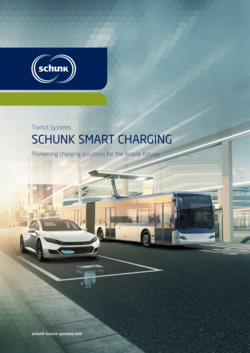
Pioneering charging solutions for the mobile future
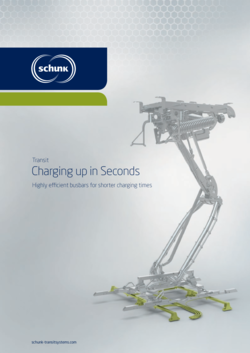
Highly efficient busbars for shorter charging times

Depot charging with automated connection device
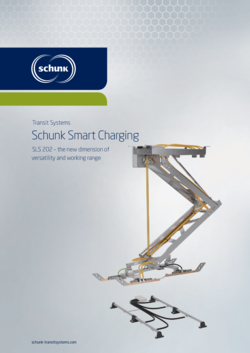
SLS 202 – the new dimension of
versatility and working range
Downloads
Electrification of Bus Transport
The biggest challenge in the electrification of bus transport is the batteries. They must either be appropriately sized or recharged more frequently for the e-buses to have a range suitable for everyday use. Thanks to Schunk's intelligent charging technologies, which enable high power transfer in a short time, the required battery dimensions of electric buses can be significantly reduced. This makes the use of electric buses in public transportation significantly more efficient, powerful and flexible.
Intelligent Electric Bus Charging Systems
Opportunity Charging refers to opportunity charging at strategically installed fast charging facilities. For this purpose, the pantograph mounted on the vehicle roof contacts a remote station mounted at the stop. Pulse charging occurs within a few seconds and can therefore be done easily while waiting at stops. This charging process provides an advantage for the long range transit buses. Night charging, depot charging, also takes place via the pantograph. The pantograph (Depot Charger SLS301) contacts the vehicle-side counterpart on the electric bus from above. As a result, the e-buses can park very close to each other in the depot and less parking space is required than with plug-in charging. In addition, no specially trained personnel are needed for charging - an automatic signal provides the connection. This variant is suitable for operators of larger vehicle fleets who want to automatically recharge the vehicles in the depot overnight rather than during operation.
Do you have any questions about our Charging Solutions?

Expert and contact in the field of Battery Driven Vehicles

